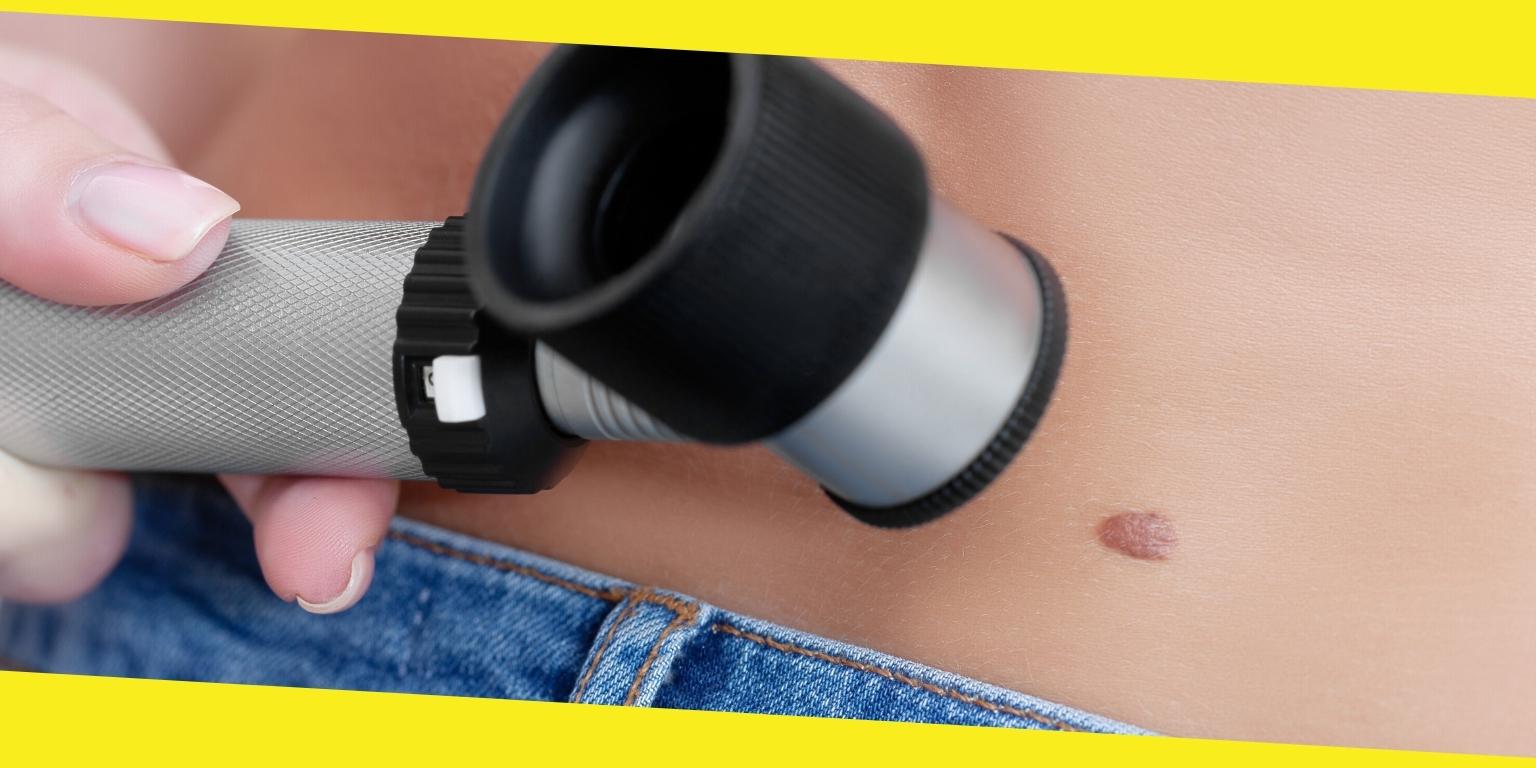What You Should Know About Moles

It is likely that you, like most people, have common moles, the pigmented cell clusters seen on the skin. In fact, the average person has between 10 and 40 common moles on their bodies, and they appear in various shapes, colors, textures, and sizes. For the most part, moles are harmless. Sometimes, Fort Worth moles might become malignant and necessitate expert care. Here’s all you need about moles, including when to consult a dermatologist. Read on to find out more.
Contents
ToggleMoles Are Rarely A Cause For Concern
A well-defined oval or round border distinguishes common moles. They could be brown, pink, tan, or seem flat or raised. Generally, they are about the size of a pencil eraser.
Moles can arise from birth, but they are more common later in adolescence and into adulthood. Common moles can be seen in nearly every adult. Furthermore, if your skin is lighter, you might have several extras.
Rarely do ordinary moles can develop into melanoma, a deadly form of skin cancer. However, persons with over 50 common moles are significantly more susceptible to skin cancer.
Certain Healthy Moles Look Irregular
A dysplastic nevus, often known as an ‘atypical mole,’ is a mole that does not have the characteristic look of a common mole. They are frequently larger, with irregular or ill-defined borders, notches, or color variations.
Atypical moles are less common, although they still afflict about one out of every ten Americans. They are classified as precancerous, which means they are not cancerous but are more likely to develop into cancer than regular moles. Whereas most dysplastic moles do not progress to malignancy, having several atypical moles raises your chance of melanoma.
Cancer Is Not Prevented By Removing Common Moles
If a mole develops, changes color, or seems abnormal, your doctor might remove it to do a biopsy and screen for cancer. Nonetheless, removal is not recommended as a skin cancer preventative strategy. For starters, only a small percentage of atypical moles progress to malignancy.
Besides, melanoma does not necessarily originate in moles; it might as well develop in a normal patch of skin. If you are worried about a mole, make an appointment with your doctor so that they may check it and determine the best course of action.
Once Every Month, Examine Your Skin For Any Changes
Regular skin checks help you monitor any changes over time and notice any new moles or blemishes that arise. If you have unusual moles or many common moles, maintaining routine preventive treatment is even more crucial.
Besides monthly self-examinations, dermatologists suggest a skin assessment once or twice every year. If you have a family record for melanoma, your specialist might suggest 3 to 6 annual appointments.
Adopt The ABCDE Rule To Detect Melanoma Early
If you notice a suspicious mole during a self-exam, check for the ‘ABCDE’ early indications of melanoma:
- Asymmetry– melanoma is prone to have an asymmetrical shape.
- An uneven border– the discoloration’s margins are fuzzy, notched, or jagged
- Uneven color– there are multiple colors or shades present
- Diameter– the size has grown since the last checkup
- Evolution– you have noticed changes over several weeks or months
- Some melanomas do not show all five symptoms. Even if you just notice one or two symptoms, see your doctor.
Melanoma is relatively treatable if discovered early in the diagnosis and treatment process. When discovered late, though, it can be lethal. Thus, it is critical to have a mole examined as soon as possible if it is suspicious or you notice it changing. Make an appointment today with one of the board-certified dermatologists at Northstar Dermatology to discuss your concerns and explore the available care options.
Recommended For You
Botox Injections and Dermal Fillers Explained
Most Inside
Most Inside offers high-quality recommendations and valuable updates to enhance all aspects of your life, providing premium guidance and enriching experiences.




